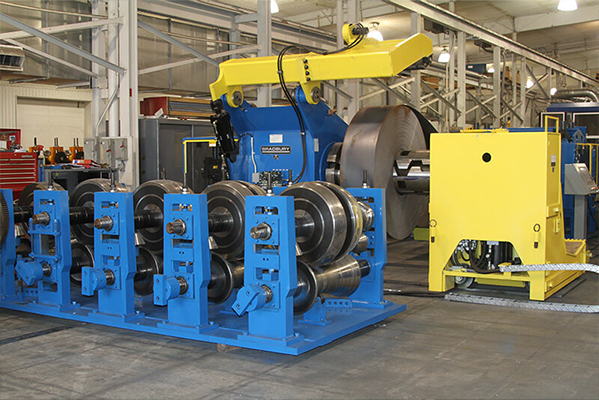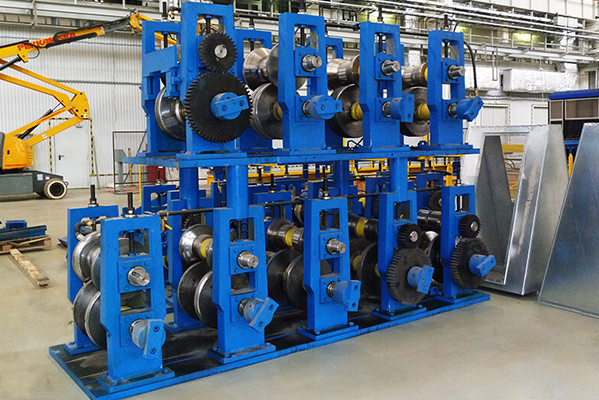Navigation Menu
Contact Us
- Email:
- info@wxavatar.com
- Address:
- Yurong Village, Yuqi Street, Huishan District, Wuxi, China.
Release Date:Jul 21, 2025 Visit:42 Source:Roll Forming Machine Factory
The pricing of roll forming equipment is closely tied to various market trends that affect supply, demand, and production costs. Manufacturers and buyers must understand these influences to make informed purchasing decisions. This article explores key market trends shaping the current pricing of roll forming machinery.

1. Raw Material Costs
The prices of steel, aluminum, and other metals directly impact the manufacturing costs of roll forming machines. Fluctuations in global commodity markets, driven by supply chain disruptions or geopolitical factors, can lead to price adjustments in equipment. When raw material costs rise, manufacturers often pass these increases on to buyers.
2. Supply Chain and Logistics
Global supply chain challenges, including shipping delays and increased freight costs, affect equipment pricing. Longer lead times and higher transportation expenses contribute to overall price increases. Manufacturers may adjust pricing to account for these logistical hurdles.
3. Technological Advancements
Innovations in automation, precision engineering, and digital controls enhance the efficiency of roll forming machines but may also raise production costs. While advanced features improve performance, they can lead to higher initial pricing. Buyers must weigh the benefits of newer technology against budget constraints.
4. Industry Demand
Growing demand from construction, automotive, and appliance manufacturing sectors drives competition among equipment suppliers. High demand can lead to price increases, especially for specialized or high-capacity machines. Conversely, slower market conditions may result in more competitive pricing.
5. Labor and Manufacturing Costs
Rising wages and energy expenses influence production costs. Manufacturers facing higher operational costs may adjust equipment pricing accordingly. Regions with lower labor costs might offer more competitive rates, affecting global price trends.
6. Currency Exchange Rates
Since roll forming equipment is often traded internationally, currency fluctuations can impact pricing. A stronger currency in the manufacturer’s country may make machines more expensive for foreign buyers, while a weaker currency could lead to more favorable pricing.

Conclusion
The pricing of roll forming equipment is shaped by multiple market factors, including raw material costs, supply chain conditions, technological advancements, and industry demand. Buyers should monitor these trends to make cost-effective purchasing decisions. By understanding market influences, businesses can better plan investments in roll forming machinery.